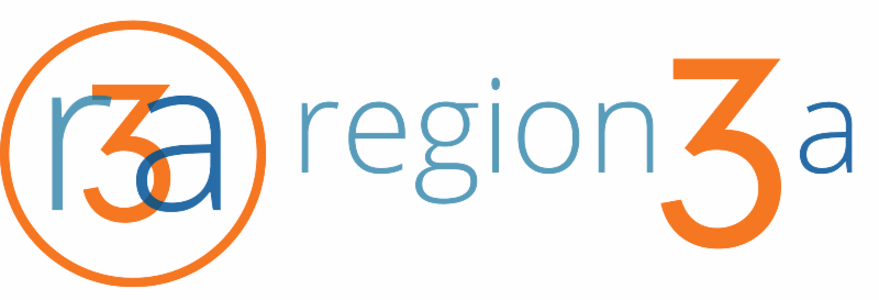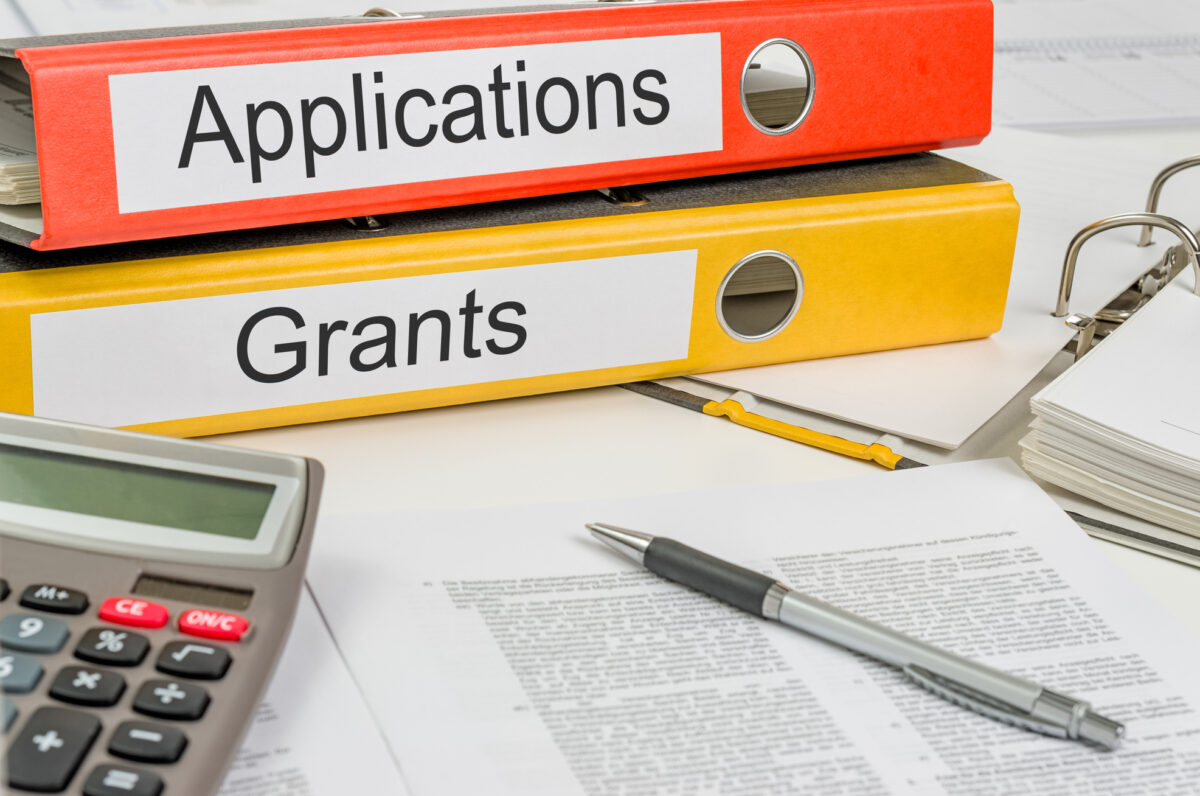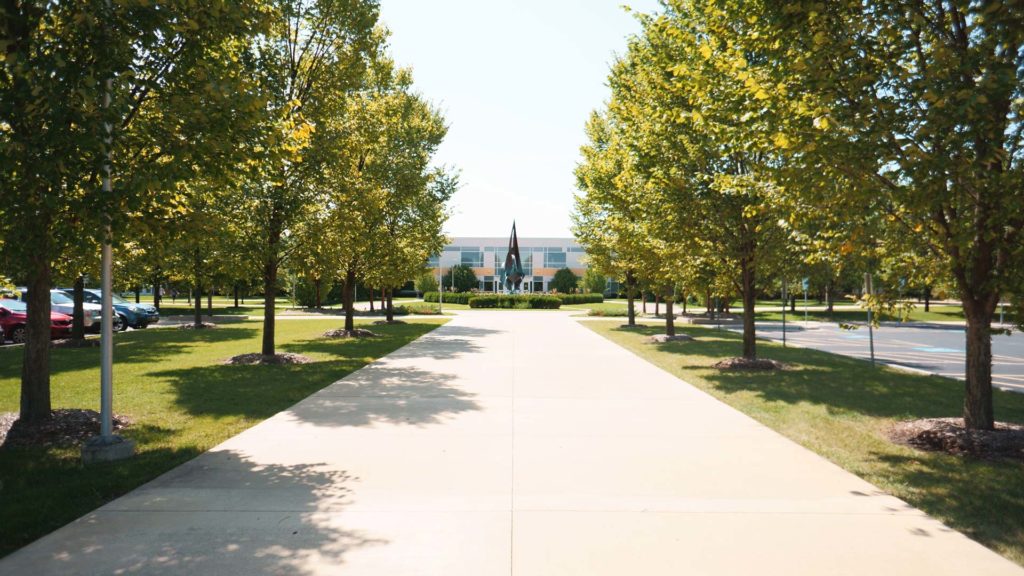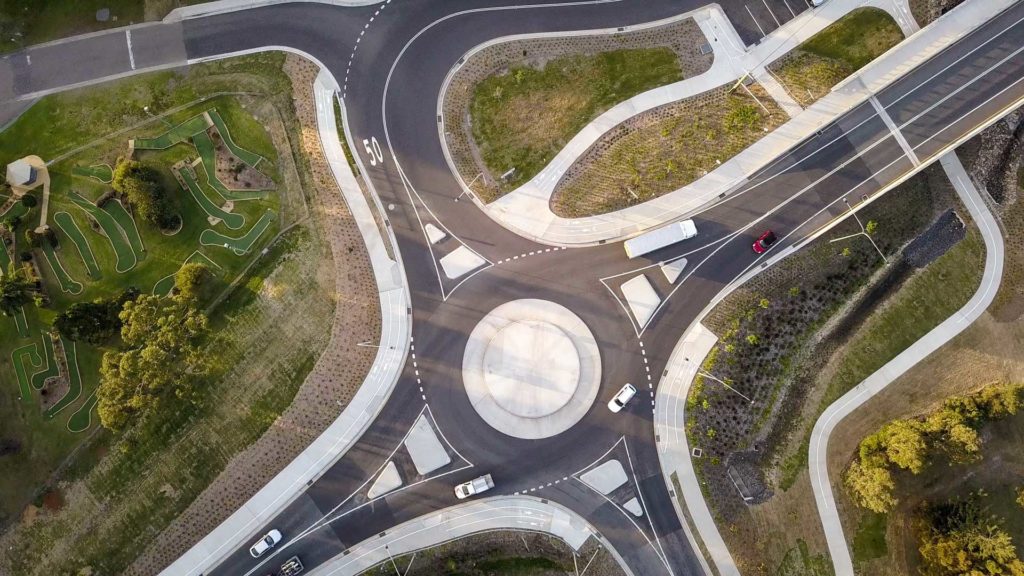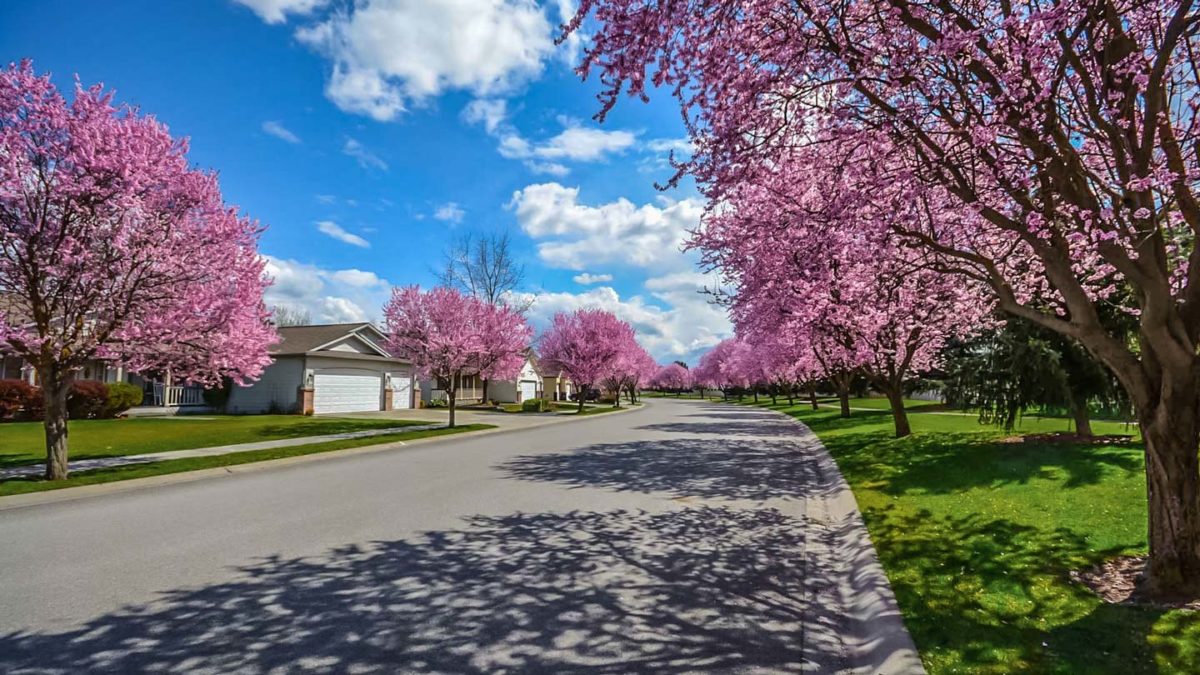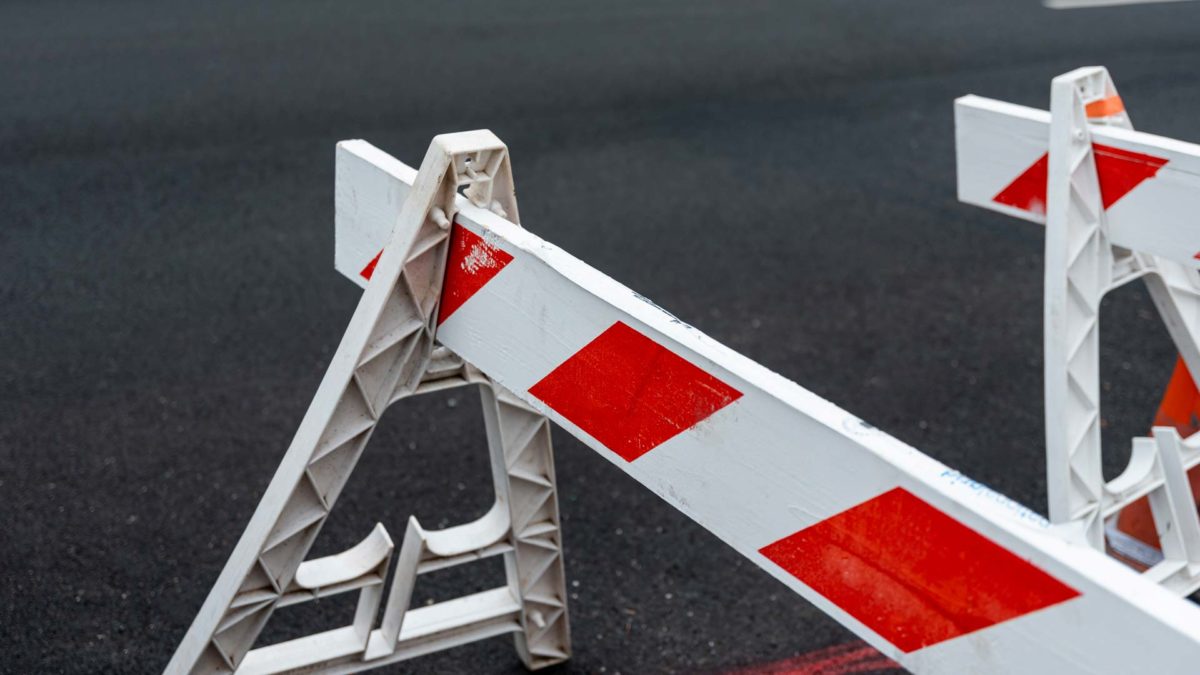EDA Announces “Investing in America’s Communities” $3 Billion in Funding Immediately
Secretary of Commerce Gina M. Raimondo recently announced the “Investing in America’s Communities” programs, in which the Economic Development Administration (EDA) will execute to invest the $3 billion it received from The American Rescue Plan.
The programs include six individual areas to apply for funding. We anticipate that applications for funding will be highly competitive and want to encourage our NE Indiana communities to seek assistance in preparations. Region 3A specializes in helping communities achieve funding for following two program areas.

Economic Adjustment Assistance Program
EDA’s American Rescue Plan Economic Adjustment Assistance Program makes $500 million in Economic Adjustment Assistance grants available to communities.
The EDA cites this program as their “most flexible” most flexible, as grants made under this program will help hundreds of communities across the nation. Funds can be used to plan, build, innovate, and put people back to work through construction or non-construction projects designed to meet local needs.
A wide range of technical, planning, workforce development, entrepreneurship, and public works and infrastructure projects are eligible for funding under this program.
Eligible applicants for EDA’s Economic Adjustment Assistance program include a(n):
- District Organization of an EDA-designated Economic Development District
- Indian Tribe or a consortium of Indian Tribes
- State, county, city, or other political subdivision of a State, including a special purpose unit of a State or local government engaged in economic or infrastructure development activities, or a consortium of political subdivisions
- Institution of higher education or a consortium of institutions of higher education
- Public or private non-profit organization or association acting in cooperation with officials of a political subdivision of a State
Travel, Tourism & Outdoor Recreation Program
Through the Travel, Tourism & Outdoor Recreation program, EDA is focused on accelerating the recovery of communities that rely on the travel, tourism and outdoor recreation sectors. $750 million of EDA’s American Rescue Plan funds are allocated to support the following efforts:
Competitive Grants include $240 million in funding dedicated to helping communities that have been hardest hit by challenges facing the travel, tourism and outdoor recreation sectors. These funds can be used to invest in infrastructure, workforce or other projects to support the recovery of the industry and economic resilience of the community in the future.
Competitive Tourism Grants
Eligible applicants for EDA’s Competitive Tourism Grants program include a(n):
- District Organization of an EDA-designated Economic Development District
- Indian Tribe or a consortium of Indian Tribes
- State, county, city, or other political subdivision of a State, including a special purpose unit of a State or local government engaged in economic or infrastructure development activities, or a consortium of political subdivisions
- Institution of higher education or a consortium of institutions of higher education
- Public or private non-profit organization or association acting in cooperation with officials of a political subdivision of a State
- Individuals or for-profit entities are not eligible.
The funding from these programs have the potential to help our community on a large scale. Region 3A is prepared to assist organizations in our area and help to make their grant funding applications highly competitive. For more information on application assistance, contact us today.
For more information on available funding, visit the American Rescue Plan Programs page on the EDA website. EDA webinars will be held to provide an overview of the American Rescue Plan funding on July 27 and July 29.
